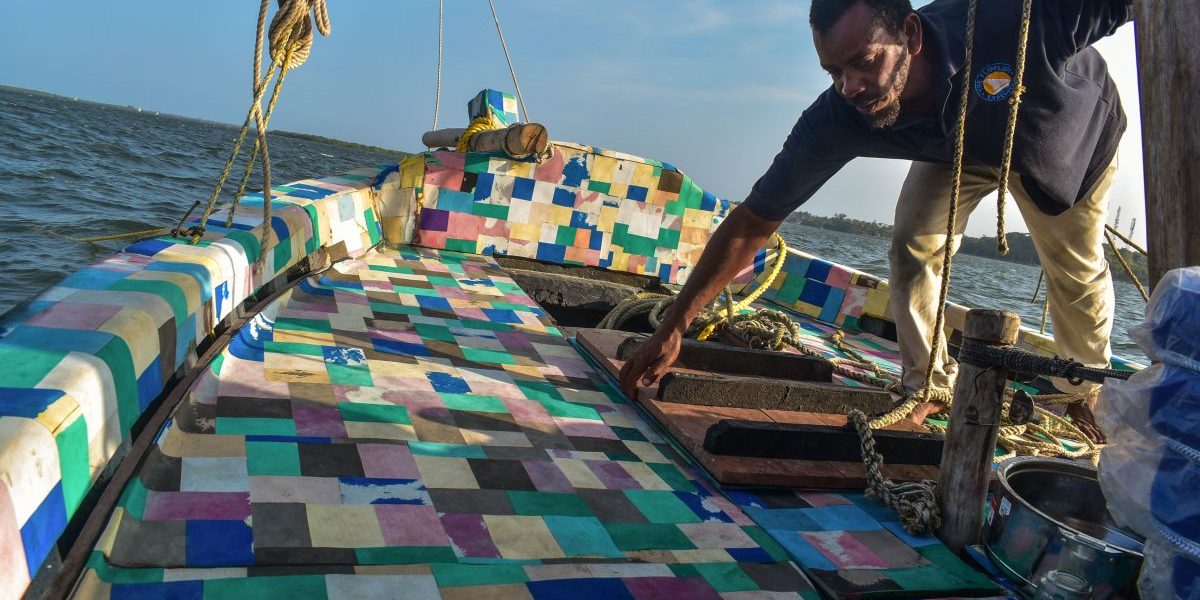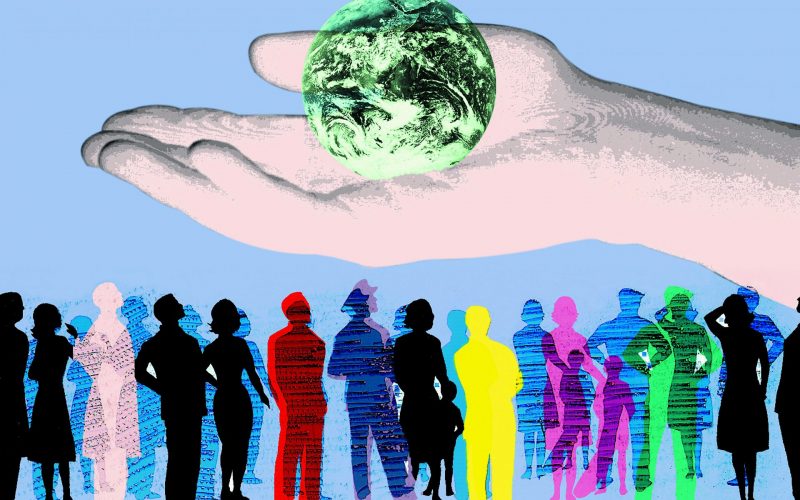Guided by the UN 2030 Agenda on Sustainable Development (Agenda 2030), this year’s overarching theme, ‘Innovative Solutions to the Environmental Challenges and Sustainable Consumption and Production,’ directly addresses Sustainable Development Goal (SDG) 12, which seeks to ensure sustainable consumption and production patterns globally.
‘For all the progress inspired by the Global Goals, one barrier impedes them all: the choices we make in our everyday lives continue to fuel consumption and production habits that are increasingly extending beyond the limits of our planet,’
— Siim Kiisler, President of the 2019 UN Environment Assembly
The Third UNEA held in Nairobi in 2017, ‘Towards a Pollution-Free Planet,’ was extremely successful in rapidly elevating crucial discussions on oceans and plastics to the highest-level of the UN and its Member States. The Session served as the necessary springboard to push global conversations and action on the local, national, regional and global level to reduce plastic consumption. The momentum continues. This year’s focus seeks to further the conversation towards tangible implementation of SDG 12, aiming to reduce the current unsustainable patterns of consumption and production.
The timing and agenda of the UNEA-4 is important for what is to come later this year. In September 2019, the UN will hold three high-level discussions in New York, the 2019 SDG Summit, the UN Climate Summit and the High-Level Dialogue on Financing for Development. All three of these summits are focused on ensuring that the world is on track to meet Agenda 2030. If the UNEA-4 follows the success of UNEA-3, the outcomes of this Session will serve as a crucial indicator on the implementation progress of Agenda 2030.
What to expect
The Assembly gathers a range of stakeholders, from heads of states through to technical advisors and community organisations. At the highest level, the Assembly is predominantly made up of government leaders dedicated to enhancing the commitments and momentum to advance global policy frameworks on environmental protection.
The Global Major Groups and Stakeholders Forum (GMGSF), a multi-stakeholder gathering of UN Environment-accredited organisations, is convened directly preceding the Assembly. This Forum is fundamental to the success of the UNEA, as it provides the necessary platform for stakeholders to prepare their input for the Assembly. The Forum’s outcomes will feed into the high-level discussions, and subsequently inform the UNEA-4 resolutions. This year the GMGSF, including the African Ministerial Conference on the Environment (AMCEN), have highlighted three key areas:
- Tackling environmental challenges related to poverty and natural resource management (including sustainable food systems, food security and halting biodiversity loss);
- Introducing life-cycle approaches to resource efficiency, energy, chemicals and waste management;
- Ensuring sustainable business development at a time of rapid technological change.
In addition to the input from the Stakeholder Forum, the Assembly will be further advised by technical experts. After a seven-year wait, the Global Environmental Outlook will be releasing their 6th report (GEO-6), titled ‘Healthy Planet, Healthy People.’ This UN Flagship report is a periodic review that presents scientific research on the connection between the environment and human health. The key areas of focus for the GEO-6 report include energy, food and waste.
Building on past UN Environmental Assemblies that showcase best-practice cases and innovative ideas from the local community level, UNEA-4 will host an exhibition to share success stories relating to the theme of consumption and production. Two key projects to look out for are the Flipflopi Dhow Project and the launch of the UN Alliance for Sustainable Fashion, both pilot projects of UNEA-3.
The Flipflopi Dhow is the world’s first fishing vessel made entirely of waste plastic. Constructed with 7 tons of plastic waste from the beaches of Lamu, Kenya, the vessel has completed a return voyage from Lamu to Zanzibar. The success of this project has inspired the development of a 20-metre dhow, which is intended to sail the globe and become an emblem of the global fight against single-use plastics.
South African innovation will also feature prominently at UNEA-4. This includes the ENCORE guide, which is designed to help banks assess exposure to environmental risk. In keeping with the UNEA-4 commitment to halt biodiversity loss, the anti-poaching GPS trackers designed by Dimension Data and Connect Conservation will be on show. The tracking system was originally designed to cover a 62 000-hectare game reserve near the Kruger National Park and has contributed towards a significant reduction in rhino poaching in areas where it was deployed. This technology is already being applied in Zambia, Kenya and Mozambique, with plans for future projects in South-East Asia.
UNEA-4 is an important milestone in global efforts to address a range of critical challenges related to the environment and human development. As part of a series of global forums that are being convened this year, UNEA-4 will play a crucial part in accelerating and reinforcing the implementation of Agenda 2030.
Follow #SolveDifferent and #UNEA4 to keep up to date with the conversations at UNEA-4.
SAIIA expresses its deepest sympathy with the families, friends and colleagues of those who lost their lives on Flight ET302, some of whom would have been travelling to Nairobi to attend this conference.









